The remote Upper Mustang region of Nepal draws many travelers to its scenic trails each year. Located high in the western rain shadow area, its arid landscape contrasts significantly from the greener valleys below. Culturally, the isolated area also preserves unique Tibetan Buddhist traditions unchanged for centuries.
For those interested in the area, the prospect of experiencing its natural beauty and cultural heritage firsthand is exciting. However, trekking in Upper Mustang requires an understanding of realities that magazine photos don't always show.
Hiking at over 5,000 meters brings challenges like less oxygen affecting energy levels. Solitude and sparse amenities differ from modern conveniences people are used to. Self-reliance becomes essential with limited outside help available. Let’s look at how difficult the Upper Mustang really is and it's upper mustang motor bike tour
The terrain in Upper Mustang varies a lot, with the highest elevation reaching up to 3840 meters (12,598 feet). Most trekking routes are doable from March to May or September to November when mountain passes aren't blocked by snow. Winters are frozen conditions that make travel very difficult.
The landscapes include wide gravel plains surrounded by stark peaks, providing great views but little shelter from sun or wind. Hikers need to pace themselves on these exposed areas. Steep river gorges cut between tall sandstone walls, where the rushing water and bird sounds are the main companions.
More level sections provide breaks in the terrain. But even gravel trails can shift with seasonal flooding, sometimes turning to mud bogs where streams once were. Past footprints may disappear or mislead without a local guide, since conditions evolve across the landscape. Strong route finding abilities help navigate the varying characteristics underfoot.
Biodiversity decreases with altitude, leaving high plains windswept with mostly hardy grasses. Spotting shy wildlife like antelope or foxes provides joy. In general, Upper Mustang's raw terrain presents beauty, challenge and change embedded in stunning scenery. Careful travel methods reap rewards for those traversing the land.
The climate in Upper Mustang presents some difficulties for trekkers due to the high altitude. Daytime temperatures are usually comfortable between 5-15 degrees Celsius, but nights get very cold after sunset as it drops below freezing.
In winter, snowfall can block parts of the trails entirely under thick snow. While it is not a recommended season to trek, some hardy souls may try snowshoeing or skiing through deep powdery conditions. Blizzards bring icy winds and visibility drops, making travel dangerous without proper gear.
The intense sun at elevation requires trekkers to generously apply sunscreen to avoid burns and sickness. Its rays are amplified by reflecting off the surrounding mountains, snow, and sandy ground below, increasing exposure. Dehydration is a real risk too in the arid air despite not feeling thirsty. Drinking lots of fluids is important to counter fluid loss from exertion and breathing dry air.
Covering the full 125+km (79 miles) trail requires careful planning around distance. The varied terrain means tired legs will feel every meter gained or lost across different elevations. Adding to that is the remote locations with no amenities beyond occasional villages. Hikers must carry a 2 week supply of gear and food.
Completing Upper Mustang's full trail is an achievement, but requires pacing well and carrying enough supplies for changing conditions and elevations. Respecting one's limits prepares the body and mind to experience natural and cultural wonders through challenges ahead.
Interacting with the local Tibetan communities provides a unique glimpse into their traditional nomadic lifestyle, which remains closely tied to the environment. Only a few thousand people live across small villages scattered throughout Upper Mustang.
The families practice transhumance, moving their yak herds between summer and winter pastures depending on the seasons. Communication can be difficult initially since they speak Chhantyal, a Tibetan dialect different from Nepali. However, gestures and patience often help overcome the language barrier to learn about their agricultural routines.
In summer, families reside in simple stone huts while herds graze high meadows. Winter means retreating to protected village homes made of mud bricks. The tight-knit nature of these communities means travelers are welcomed to stay with families through homemade accommodations.
Even experienced hikers consider logistics thoughtfully before ascribing to popular narratives of achievement alone. Separating hype from facts helps determine preparedness levels realistically.
Speaking with others who have trekked the trails provides a balanced perspective on difficulties. Recognizing physical limits while maintaining an open mindset fosters more positive experiences aligned with one's actual abilities.
With thorough planning tailored to individual needs and capabilities, travelers can discover Mustang safely and respectfully. For capable, disciplined individuals, navigating its elevated landscapes after comprehensive preparation invites life's most rewarding journeys.
Similarly you can checkout our other trekking routes, Gokyo Cho la Pass Trekking
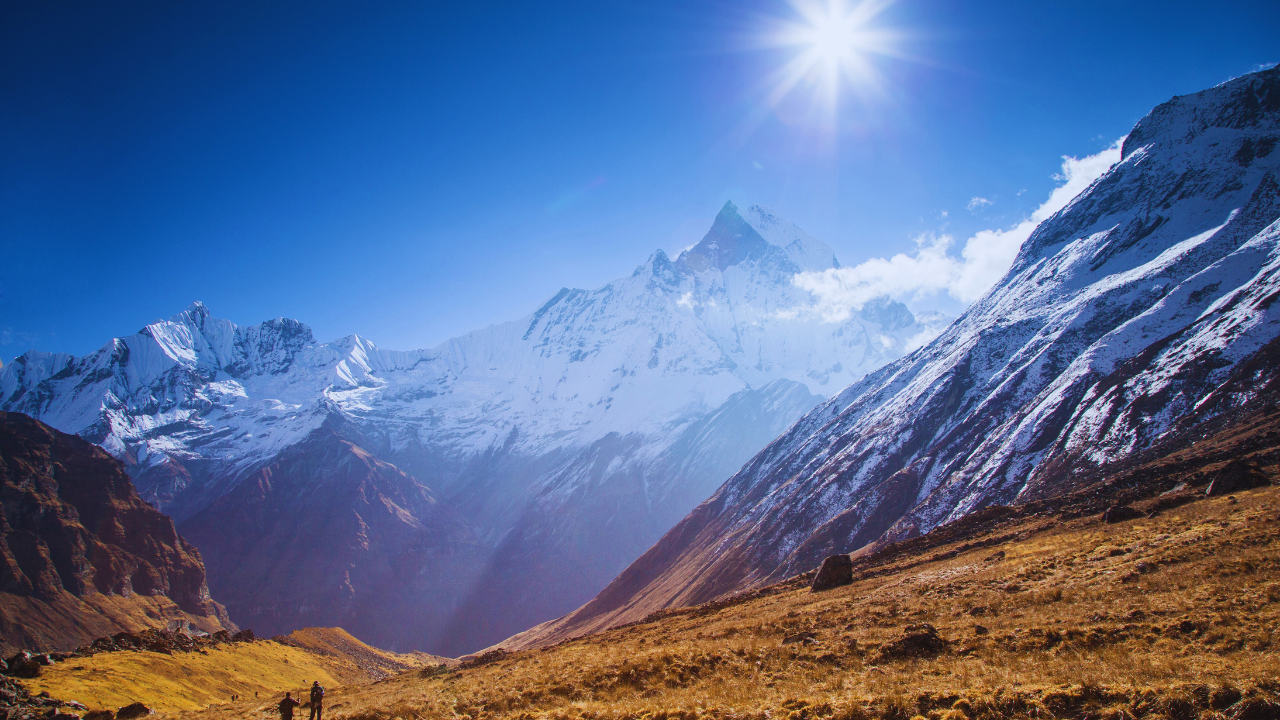
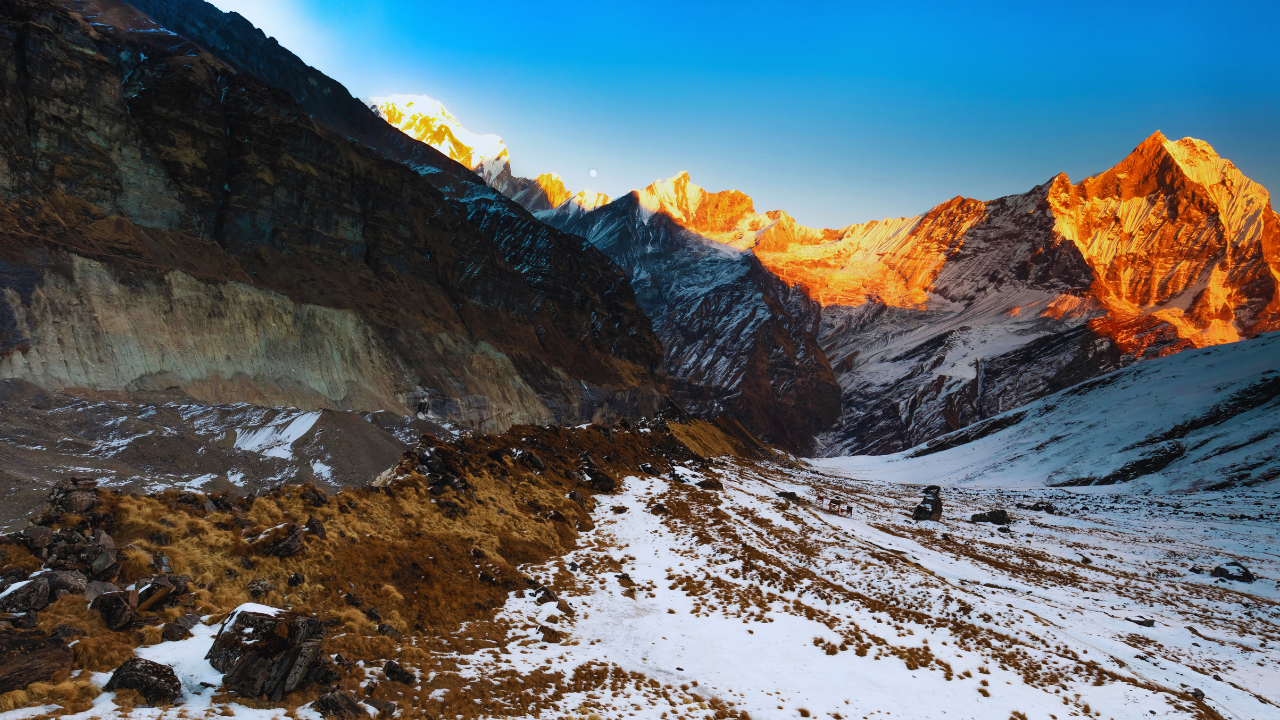
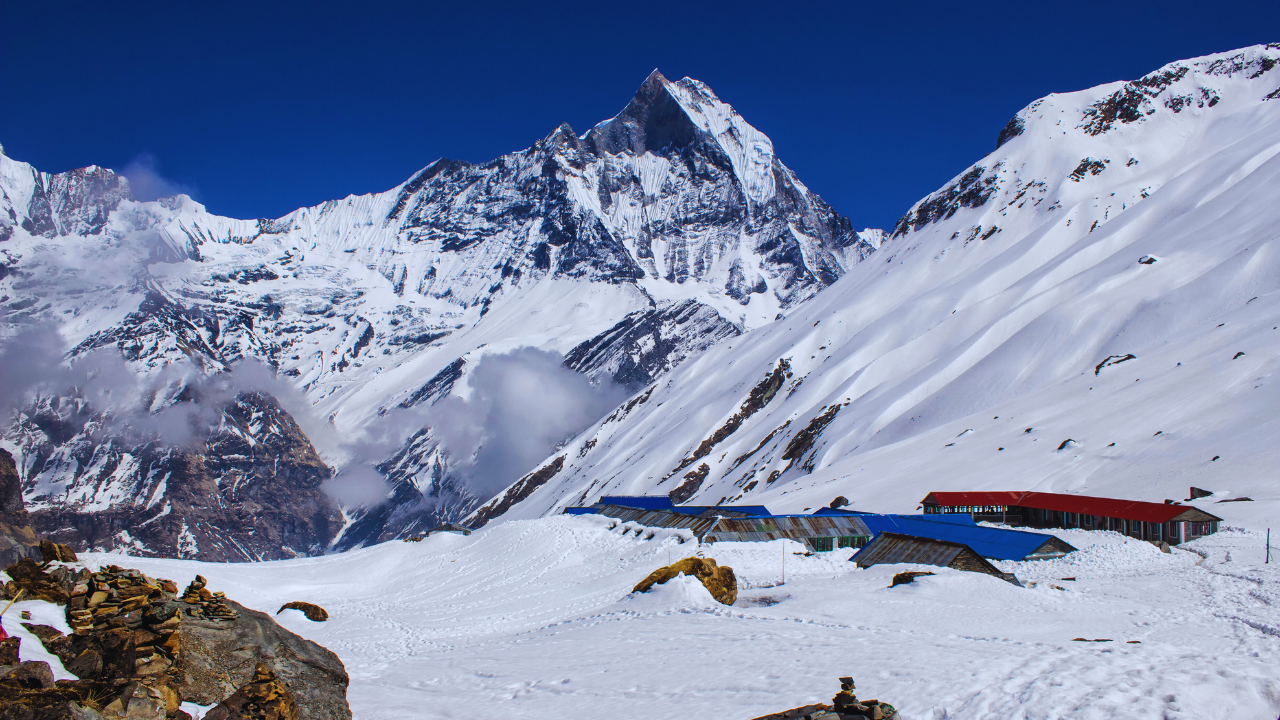
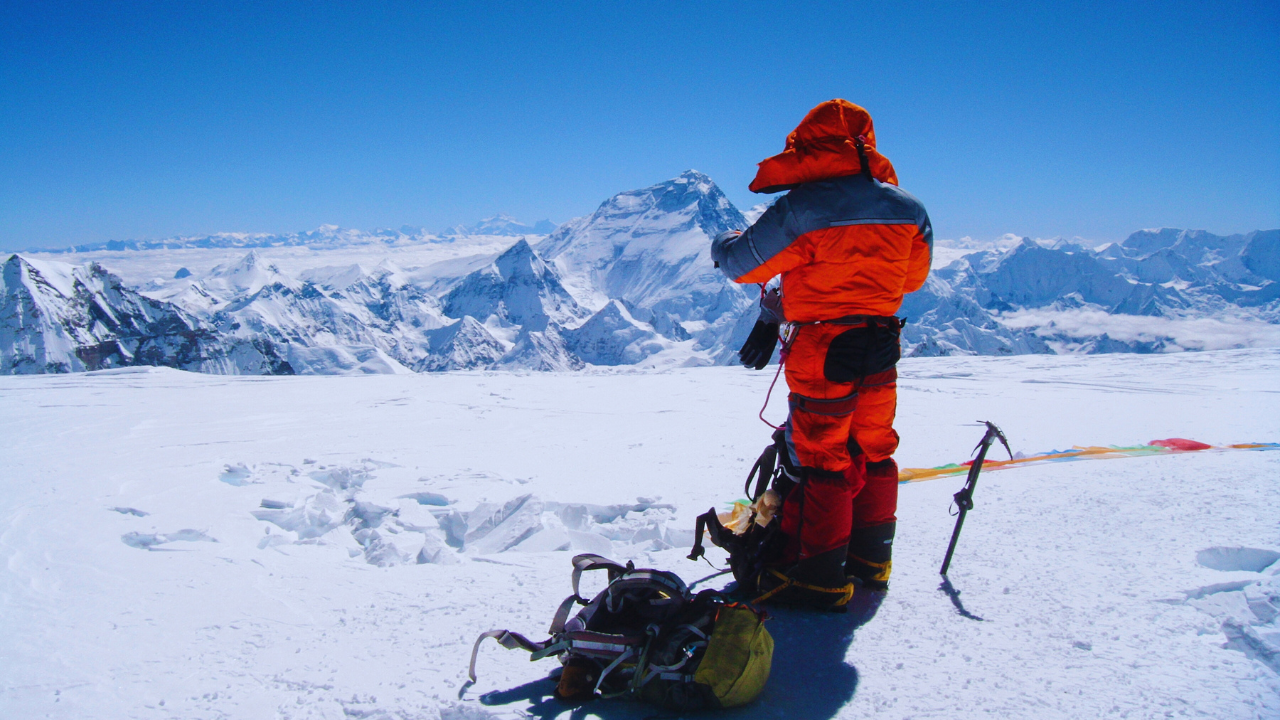



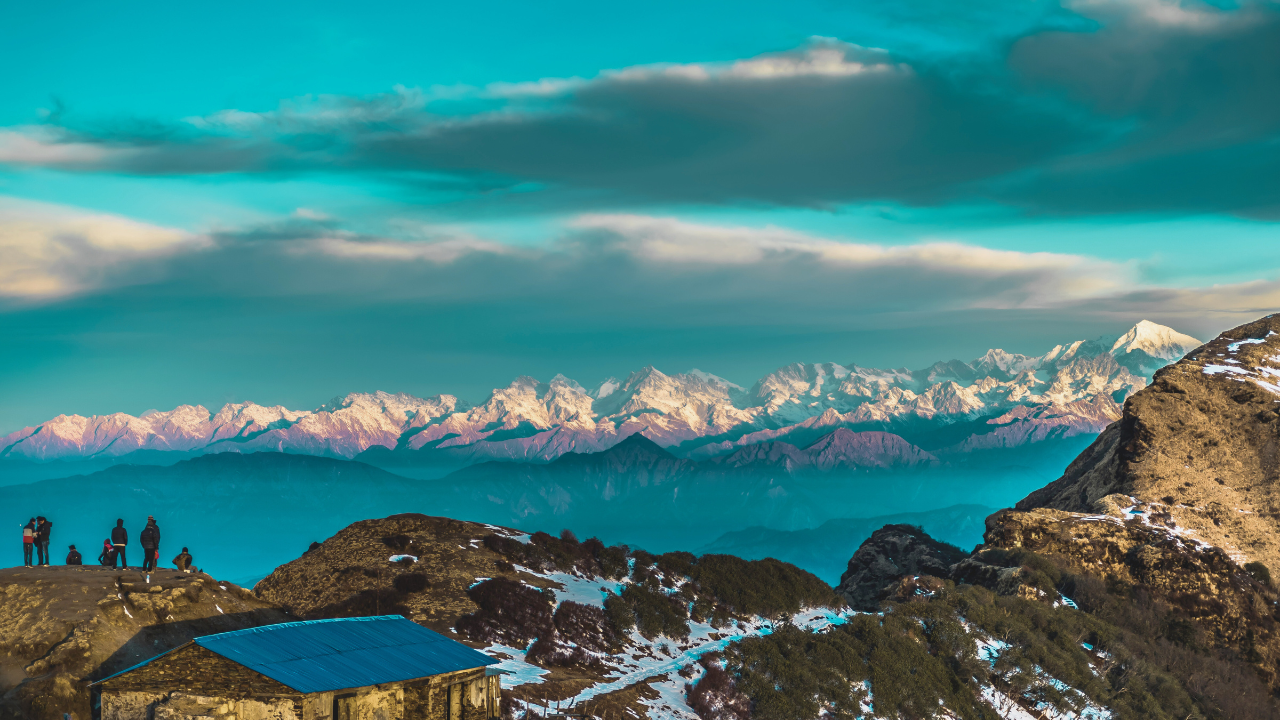







































Comments